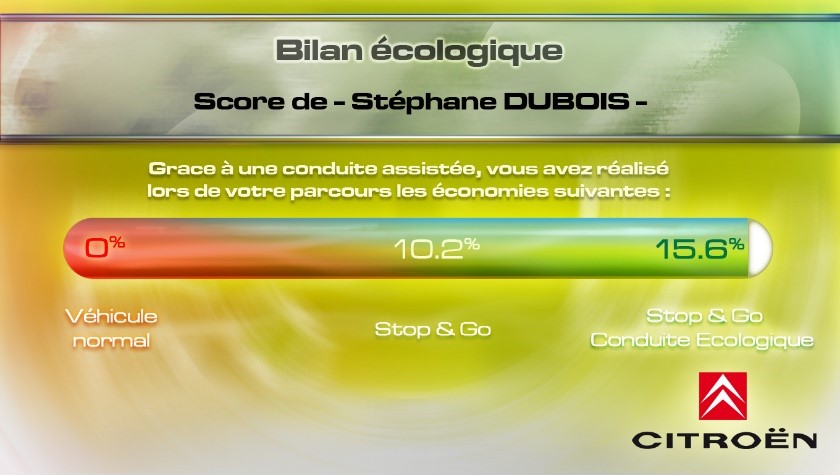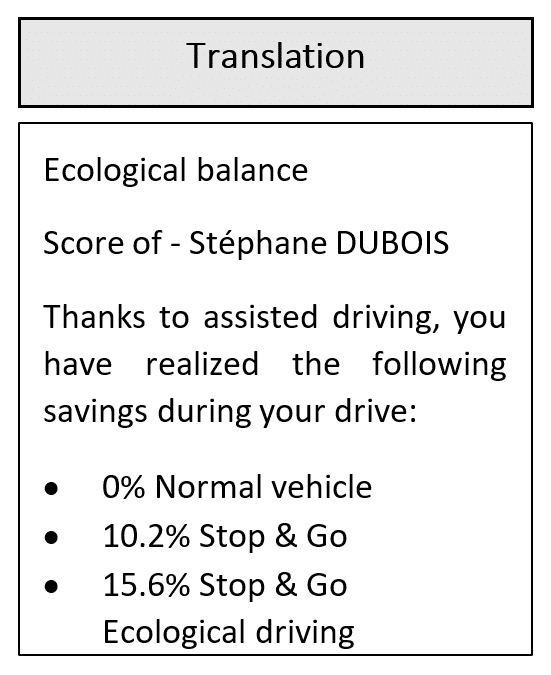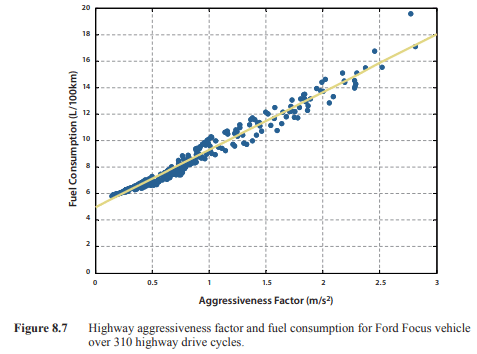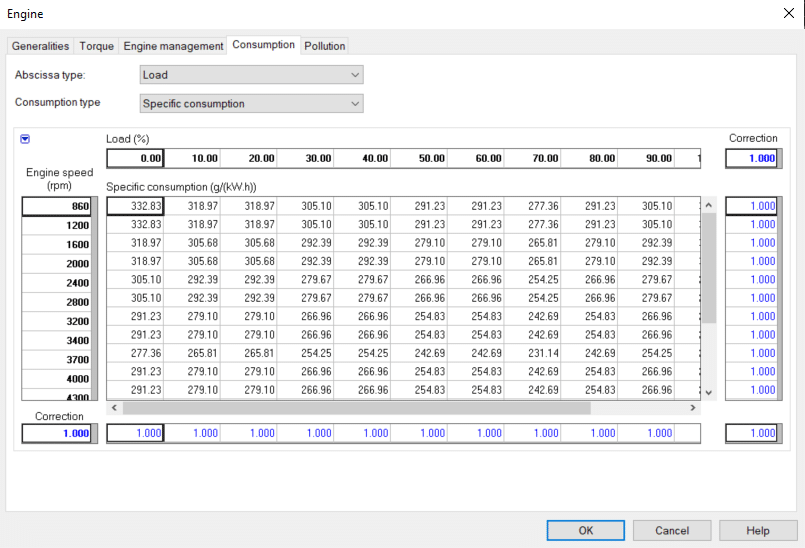Global warming is a major issue, probably the most complex problem humanity has had to solve since the dawn of civilization. The complexity comes from the fact that it implies a radical change in the whole range of human activities, especially the activities related to the automotive sector. All the progress made by mankind has led us to this moment. This crucial moment where all the actors of the automotive sector, and all other sectors, must take their responsibilities.
As a reminder, here are some key numbers to summarize the impact of the transportation on global warming.
- In 2019, greenhouse gas emissions from transportation accounted for about 29% of total U.S. greenhouse gas emissions, making it the largest contributor of U.S. greenhouse gas emissions.
- In France, transportation is responsible for 29.7% of greenhouse gas emissions. It is by far the most polluting sector. Among the transportion sector, the contribution of airplanes and ships to pollution remains very marginal. Private cars (54%) and heavy goods vehicles (21%) emit the vast majority of CO2.
- 48,000 deaths could be attributed each year to PM25 fine particle pollution in metropolitan France, according to a baseline survey by Santé publique France.
Note: The majority of greenhouse gas emissions from transportation are CO2 emissions (96.9% in 2019 in the US).
AVSimulation, being aware of the negative impact of the automotive sector on the planet, provides tools to better address the challenge faced by the automotive industry. There are several ways to use SCANeR studio to reduce your environmental impact. We will see two different ones in this article:
- Educate drivers on eco-driving to reduce CO2 emissions
- Use of CO2 emissions data to reduce them
Modification of drivers’ habits
As an innovative company, AVSimulation works with its clients on ecological projects such as the EcoGotchi eco-driving simulator powered by CALLAS[1]. The purpose of this simulator is to show users that adopting eco-driving habits leads to a significant reduction in fuel consumption, and therefore CO2 emissions. After several driving phases in realistic conditions, the simulator generates reports showing how much fuel you would have saved.
Driving with eco-driving habits is an easy way to reduce your environmental impact. Eco-driving saves 5 to 10% of fuel on average without increasing the travel time. The Massachusetts Institute of Technology (MIT) study, “On the Road toward 2050”, showed that fuel consumption was directly influenced by the driving aggressiveness.
Eco-driving is not only reducing the fuel consumption and the CO2 emissions, it reduces also: vehicle repairing and maintenance costs, stress, noise nuisance, local air pollutants, greenhouse gasses or again accident rates.
How are CO2 emissions calculated in SCANeR studio?
In SCANeR studio the CO2 emissions are calculated by the vehicle dynamic model[1] used.
With the CALLAS model, the user can set a fuel consumption map (in g/kWh, or in g/s), and use either a linear or a spline interpolation. An instantaneous fuel consumption will be provided, thanks to the interpolation of the map, for each value of engine speed and effective engine torque. The calculation of CO2 emissions is then done using a coefficient (chemical calculation, using mass of chemical elements) to convert fuel consumption to CO2 emissions.
Therefore, when you create or modify your CALLAS vehicle dynamic model through the SCANeR VEHICLE mode[2], you can set up your vehicle with your own detailed pollution model or use pre-existing ones.
To be more specific, at each time step “t_i”, the engine speed and torque are known. They are used to calculate the instantaneous value “fuel_consumption_g_kWh(t_i)”, which is multiplied by the time step size “dt”. The overall fuel consumption is: sum(fuel_consumption_g_kWh(t_i) * dt). And the CO2 emissions calculation can be deducted from the fuel consumption.
All CO2 emissions data are accessible during and after the simulation. It is possible to use the SCANeR ANALYS mode[4] for post-treatments and/or to connect your own tools thanks to the SCANeR SDK to interact with these data at any time of the simulation.
Formats in which SCANeR Software reports CO2 emissions and fuel consumption:
| CO2 emissions | Fuel consumption |
| Instantaneous CO2 output (kg/s) | Specific consumption (kg/(W.s)) |
| Cumulated CO2 output (kg) | Fuel consumption (m3/m) |
| Specific CO2 output (kg/(W.s)) | Instantaneous consumption (m3/s) |
| CO2 output (kg/m) | Cumulative consumption (m3) |
Knowing the importance of simulation in the automotive world, AVSimulation plays its part within the automotive sector to help develop ecological solutions. Whether it is by offering high performance tools up to date with the market needs, or by accompanying our customers on their projects. As our mission statement indicates, AVSimulation accelerates and secures the development of tomorrow’s mobility solutions.
Innovate > Simulate > Accelerate
[1] CALLAS is the vehicle dynamic model of AVSimulation used into SCANeR studio. It is the premium model used for high-end driving simulators and automotive engineering. The level of detail and validation of this model enables a realistic driving experience when used in a simulator and can be used to develop, evaluate and validate vehicles and systems in an engineering environment. It is a French acronym for: Couplé A La Limite d’Adhérence au Sol.
[2] Usual models calculating CO2 emissions use a fuel consumption map in g/kWh (state of the art, models used to evaluate CO2 emissions for vehicle approval cycles, or even models used in ECUs).
[3] SCANeR VEHICLE mode allow the user to:
- Interface SCANeR with your favorite vehicle dynamics model to test and validate it or to use it to validate others systems as ADAS, etc.
- Edit CALLAS vehicle dynamics model.
- Preform offline simulation with standard ISO vehicle dynamics tests
[4] SCANeR ANALYSIS mode is a complete tool which enables post-treatments of SCANeR outputs but not only. Thanks to its graphical interface you’ll be able to review all the simulation, compare simulations, etc.
Written by Victor Chan Kam Shu.
Our key references
EPA (2021). Sources of Greenhouse Gas Emissions. United States Environmental Protection Agency
Les Décodeurs (2018). Six chiffres pour comprendre l’ampleur de la pollution automobile. Le Monde
If you would like to have more information and be contacted by one of our sales representatives, contact us.







